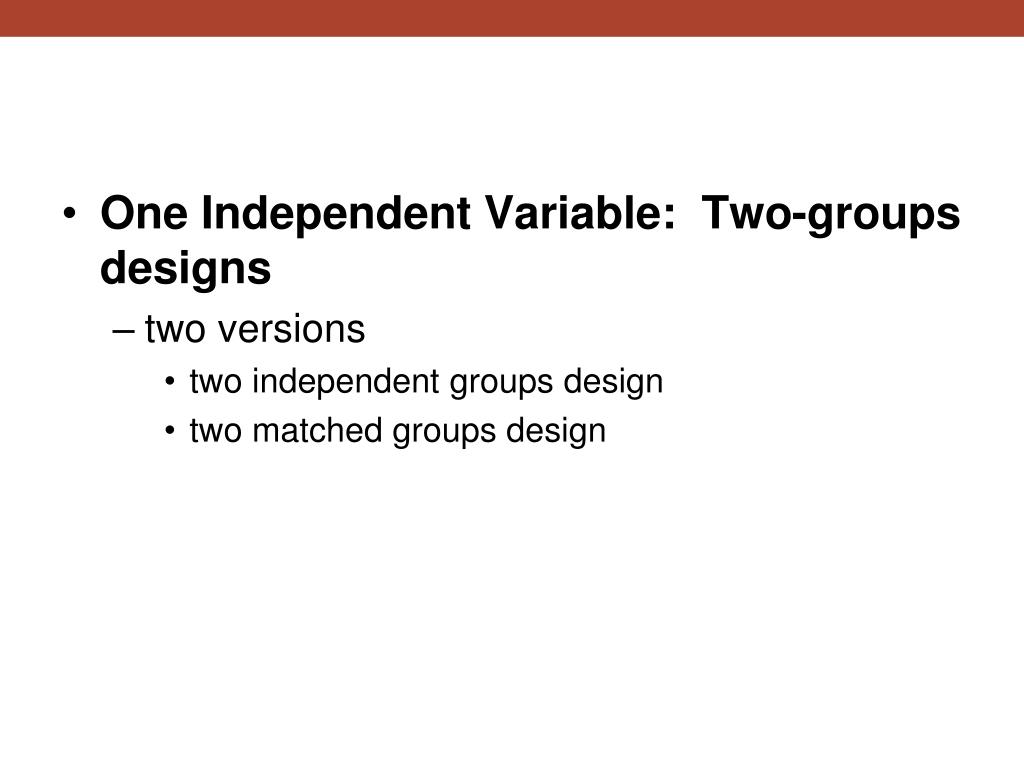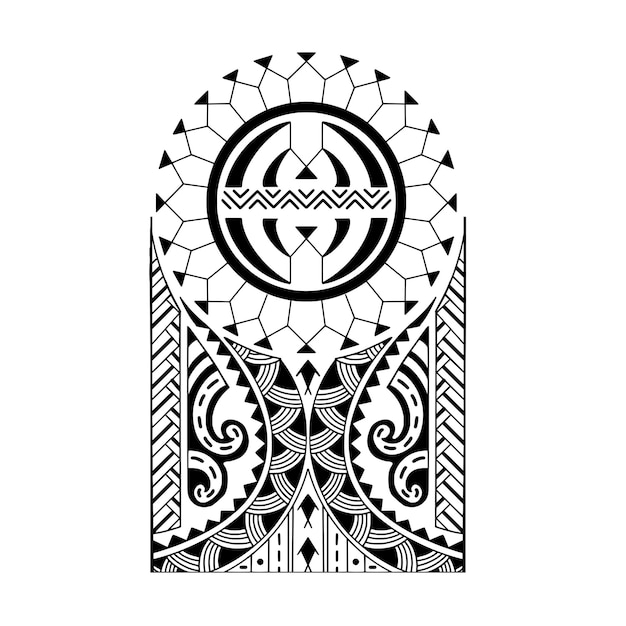Table Of Content

Independent Hands Group Inc., DBA Independent Steps has been providing services in the Los Angeles area since 2006 and we continue to grow. As the same participants are used [at least] twice, extra participants do not need to be recruited. Please include what you were doing when this page came up and the Cloudflare Ray ID found at the bottom of this page. Actually, it doesn’t matter which condition you choose to go to first, both are wrong.
Scandinavian Home Designs
Repeated Measures design is an experimental design where the same participants participate in each independent variable condition. This means that each experiment condition includes the same group of participants. Between-subject and within-subject designs can be combined in a single study when you have two or more independent variables (a factorial design). Researchers will assign each subject to only one treatment condition in a between-subjects design. In contrast, in a within-subjects design, researchers will test the same participants repeatedly across all conditions. In a repeated measures design we could give our group of participants the test on day one with no coffee and record their reaction times.
Pebble Beach Interior Designs
Our all-inclusive design studio complete with an extensive warehouse and multifaceted creative team allows us to effectively plan and manage virtually any event. We are more than experienced producers; we are a team of passionate, hands-on artists. You should also have a clear budget in mind, as well as a deadline or timeline that works for both parties. TEG is equipped to cater to small labels and independent designers who want to get their brands up and running. Drafting is another pattern-making style that derives from standard sizing presets from factories or measured accurately using a fit model. These designs, typically first drafts, are completed on paper with markings for ease allowance to complete the formation of the garment.

Example Answer for Question 3 Paper 1: A Level Psychology, June 2017 (AQA)
In a factorial experiment, the researcher has to decide for each independent variable whether to use a between-subjects design or a within-subjects design. Between-subjects and within-subjects designs are two different methods for researchers to assign test participants to different treatments. Independent Group Design refers to a research method where different participants are assigned to each group or condition being compared. This design allows for the comparison of the effects of different treatments or conditions on separate groups of participants. It is commonly used in experimental studies to minimize the potential for order effects and participant bias. Quasi experiments are when participants cannot be randomly allocated to conditions.
Frank Pitman Designs
Although order effects occur for each participant, they balance each other out in the results because they occur equally in both groups.
GALLERY OF EVENTS
Julia Simkus is a graduate of Princeton University with a Bachelor of Arts in Psychology. She is currently studying for a Master's Degree in Counseling for Mental Health and Wellness in September 2023. The counterbalancing of groups eliminates the bias, e.g., boredom is experienced in both conditions so can’t skew one set of data. The groups are now counterbalanced, for example, if participants get bored in condition two then some will be bored whilst music is playing and others while music is not playing.
The Evans Group (teg) Pattern Making Services Los Angeles
The platform also provides access to scientifically accurate illustrations, allowing researchers to visually represent complex concepts and structures. By enhancing the visual impact of their research through visually appealing figures, scientists can effectively communicate their work and captivate their audience. They will measure whether the groups differ significantly from each other due to the different levels of the treatment variable that they experienced.
Eighth Labour MP quits party to join breakaway Independent Group - The Guardian
Eighth Labour MP quits party to join breakaway Independent Group.
Posted: Tue, 19 Feb 2019 08:00:00 GMT [source]
Not only is it less stressful, but it’s more efficient and typically more cost-effective in the long run. Choosing an expert in this niche is imperative because their skill and technical know-how can ultimately make or break your physical design. Just as the Fashion-Incubator suggests, anyone can call themselves a pattern maker, so we’re here to help you understand how to choose the right Los Angeles pattern maker for your line. Where the same participants are allocated to all groups (i.e. take part in all conditions) of an experiment. Do we use the same people in all conditions or groups, or do we choose different people for different conditions or groups?
Matched Pairs
The primary objective of these studies is to observe effects that exist within the population under investigation, with a preference for identifying causal effects. This requires isolating the true effect of each factor from potential confounding variables and generating conclusions that can be generalized to the real world. However, quasi-experimental designs introduce challenges related to confounding variables. In this type of experimental design, the correlation between variables does not necessarily indicate causation.
To achieve these goals, experimental designs prioritize data validity and reliability and internal and external experimental validity. When an experiment is valid and reliable, researchers can have confidence in the accuracy and consistency of their procedures and data, leading to reliable results. Because each subject is assigned to only one condition, this type of design requires a large sample. Thus, these studies also require more resources and budgeting to recruit participants and administer the experiments.
A matched pairs design is an experimental design where pairs of participants are matched in terms of key variables, such as age or socioeconomic status. One member of each pair is then placed into the experimental group and the other member into the control group. Although used primarily in menswear fashion, a flat pattern is the most basic form of pattern making. In flat pattern making, pattern makers take accurate measurements from a dress form or a figure, and then measurements are turned into a pattern using paper. One benefit to flat pattern making is creating multiple other designs based on a single pattern. Once you’ve perfected the flat pattern, it’s easy to create new designs by combining the basic pattern’s cut, slash, and spread techniques.
Researchers must carefully determine how participants are allocated to the treatment and control groups. The control group typically represents the absence of treatment and provides a baseline for comparison. The method of assigning subjects to groups significantly impacts the ability to establish true causal effects and control for confounding variables. Let’s examine some approaches to allocating subjects within experimental designs. Repeated measures design offers advantages such as increased statistical power and insights into individual variations. Overall, repeated measures design provides a valuable method to study changes within participants and understand the effects of independent variables while controlling for individual differences.
In this design, each participant experiences only one level of the independent variable, and their responses or outcomes are compared across these different groups. On the other hand, a within-subjects design, also referred to as a repeated measures design, involves participants experiencing all treatment conditions and being measured for each one. This design allows each participant to serve as their control, reducing variability and increasing statistical power. However, the order in which treatments are administered can influence the results, and researchers need to be mindful of potential practice and fatigue effects. Repeated Measures Design, also known as within-subjects design, is an experimental approach where the same participants are exposed to multiple conditions or levels of an independent variable. Measuring participants’ responses across conditions allows for the examination of within-subject differences while minimizing individual variability.
Sorted, no problems with practice or repeat effects or with boredom or tiredness effects. At the end of this period, their reading was reassessed, and a reading improvement score was calculated. They were then taught using scheme two for a further 20 weeks, and another reading improvement score for this period was calculated.
To choose the right pattern maker, you must first know the specific technique you need to take your designs from sketch to sample room floor. Finalizing the direction of your designs means you are one step closer to working with a sample maker. We recommend preemptive preparation before kicking off your relationship with a pattern maker in L.A for the process to go smoothly. As we mentioned before, designers must perform their due diligence in researching qualified professionals.

No comments:
Post a Comment